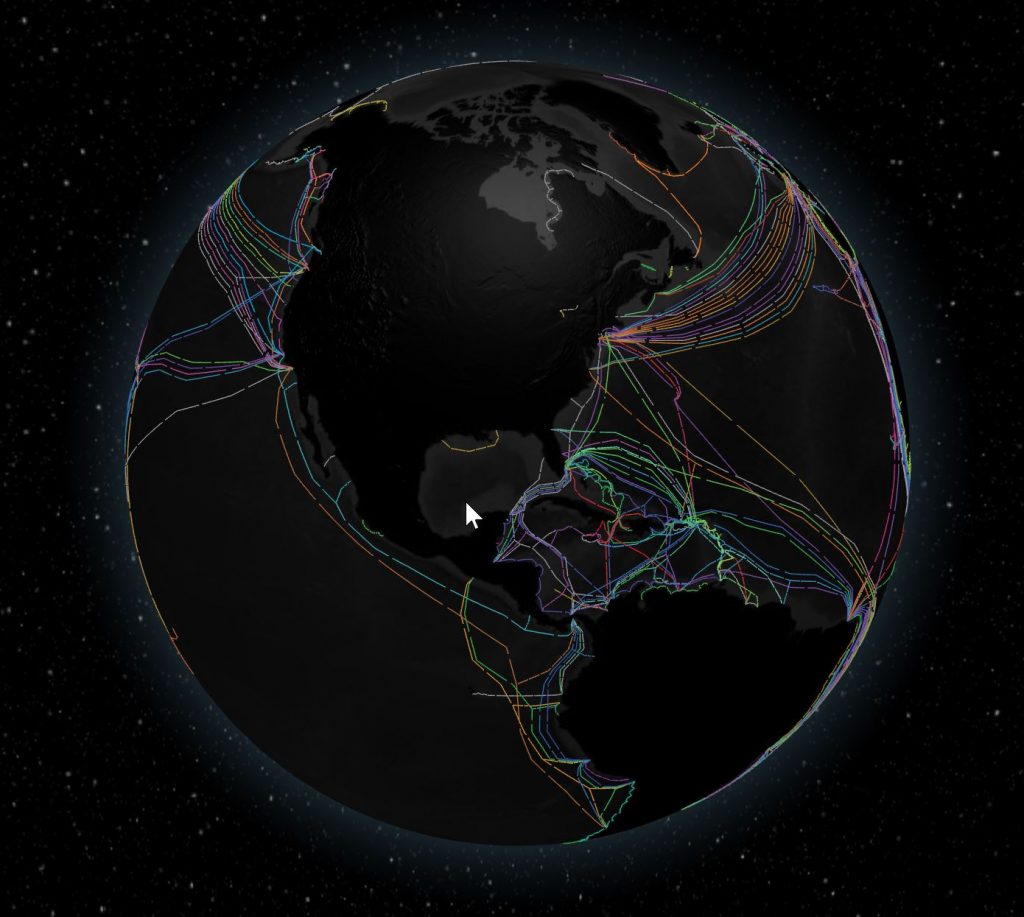One report describes the crew as “infuriated” that Mission Control seemed unconcerned. When Commander Gibson saw the damage he thought to himself, “We are going to die”, and did not believe that the shuttle would survive reentry; if instruments indicated that the shuttle was disintegrating, he planned to “tell mission control what I thought of their analysis” in the remaining seconds before his death.

The shuttle Atlantis actually sustained more damage than what would bring down Columbia in 2003. The Top Secret payload (a surveillance satellite for the US DOD) meant that communication with the ground was done using a slower method of encryption which could have resulted in lower quality images for analysis (eg. higher compression for faster transmission over a slow line).



